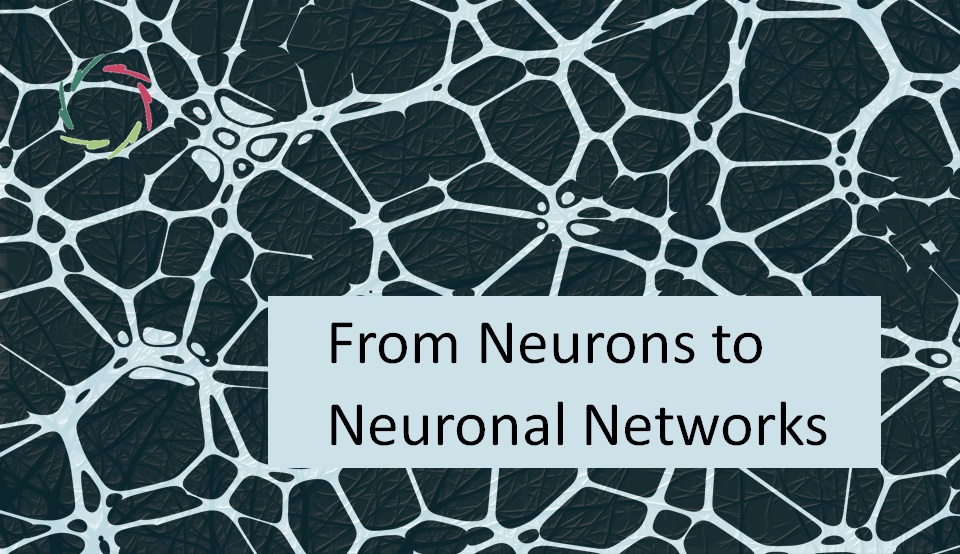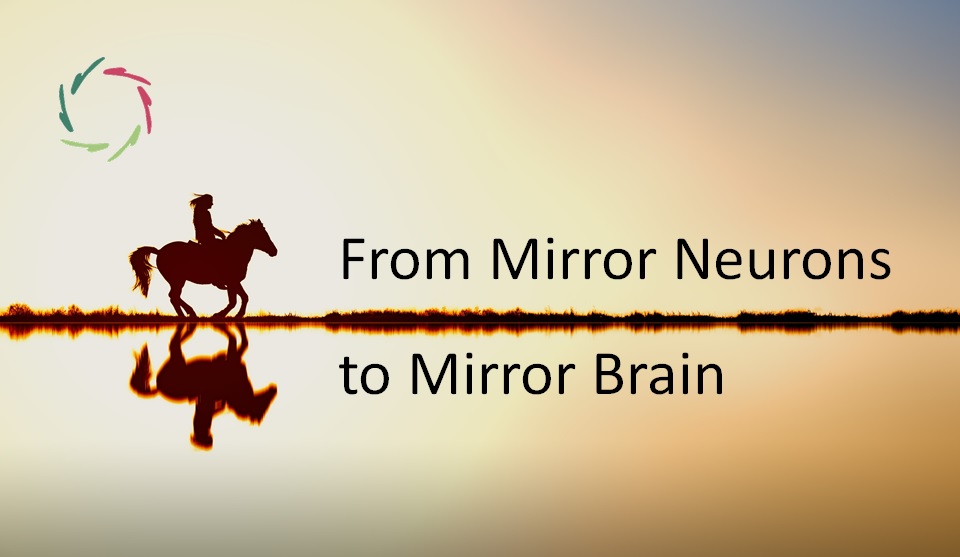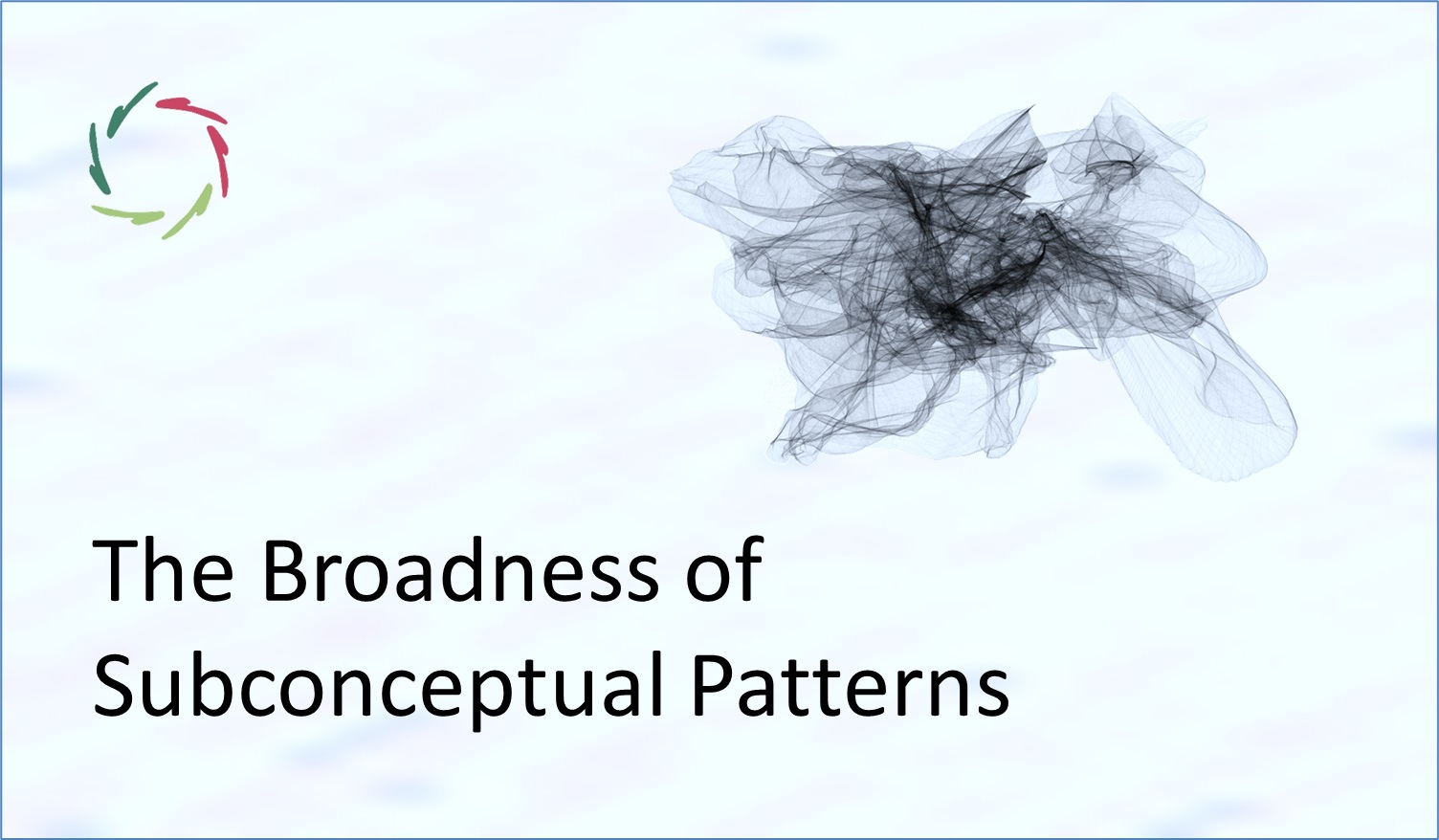From Neurons to Neuronal Networks

Few people are aware that this scientific revolution is ongoing. Also, few people/researchers within the ongoing itself are aware of its revolutionary breadth.
The neuron doctrine
For a long time (since +/ 1880), it has been thought that the neuron is the structural, functional, and perceptual unit of the nervous system ― however, leading to little explanatory power for behavior and cognition.
Recording the activity from individual neurons consistently showed that individual neurons respond explicitly to different stimuli. The idea, therefore, was that neurons perform computations with exclusively differentiated goals. For instance: the grandmother neuron being specifically responsible for thinking of ‘grandmother.’
Indeed, in the eye’s retina (a protracted part of the brain), cells do have exclusive receptive fields. For instance, in the frog, some have exclusive fields designed for detecting moving insects.
Higher up in the brain, this hypothesis doesn’t hold anymore. Already in primary sensory areas, neurons react in ways that suggest much more sophistication in working together.
Towards neuronal networks
The first proposals for a neuronal assemblies theory came around +/ 1950. At that time, Donald Hebb posited that “recursive and reverberating patterns of neuronal activation, firing in closed loops, would be responsible for generating functional states of the brain, such as associative memories, elements of decision making, or specific behaviours.” [Hebb, 1949]
These spatiotemporal patterns of activity emerge as ‘attractors’ when becoming stable at specific points in time. Hebb also saw learning in the storing of altered repertoires of synaptic connections and ever-new pattern completion while inhibiting locally neighboring patterns. This makes the brain into a constantly changing ‘liquid state machine.’ [Goel, 2014]
Why?
The probably correct hypothesis of why the brain (or Mother Nature) has developed neuronal networks lies in emergent functionality: The brain needs to be flexible to adjust to ever-changing circumstances. Animals, especially from the time animals started to chase other animals, need immense flexibility to survive the competition, either as potential food or potential predators. Of course, most of all, humans in their social environments require immense cognitive and emotional adaptability.
Thus, in evolutionary terms, organisms need to evolve ever more emergence of timely reactions and even predictions. [see: “The Brain as a Predictor“] The solution found for this was the development of neuronal networks.
These states cannot be identified by studying single neurons. Rather, they are distributed across large populations (several hundred thousand, or even millions, nearing the physical limit) of neurons, each having many but weak excitatory connections with other neurons within a pattern.
Becoming visible
For several years, these networks (or ‘assemblies’) are becoming visible through the development of new computational, optical, and neurophysiological tools. Thanks to these multi-neuronal recording tools, it has been discovered that, indeed, neuronal ensembles, rather than individual cells, form physiological units that generate emergent functional states. [Yuste, 2015]
It has become possible to measure the activity of sometimes most neurons in a neuronal pattern, including neurons deep into living brains. More and more, the meaning (semantic content) of multi-neuronal sets can be analyzed. These tend to be greatly dispersed in the cortical connectivity system. [Palm, 2014] Interestingly also, recurrent neuronal connectivity can generate pattern activation in the absence of input, making the brain more independent from the environment and prone to predictivity.
Using optogenetics, researchers can even alter the activity of neuronal patterns and see the effects on meaning. [Carrillo-Reid, 2016, 2017] Nanotechnology will bring more in the following years.
Revolution
Absolutely revolutionary in all this is the newly emerging picture of the core of the human being. Multicellular phenomenology definitely leads to the view of a post-postmodernist brain. [see: “The Post-Postmodernist Brain“]
Let’s never forget the considerable dangers in this. Where does manipulation stop?
Confronting these dangers head-on, it also brings hope and a view upon the human being that is much more interesting. Using the new insights well, they show us a lot of potential Inner Strength.
The human being is indeed a miracle ― not literally, but functionally.
Mind-science has the huge responsibility to make the best of this. [see: ” The Responsibility of Mind-Science“]
References
[Carrillo-Reid, 2016] Carrillo-Reid L, Yang W, Bando Y, Peterka DS, Yuste R. Imprinting and recalling cortical ensembles. Science. 2016 Aug 12;353(6300):691-4. doi: 10.1126/science.aaf7560. Epub 2016 Aug 11. PMID: 27516599; PMCID: PMC5482530.
[Carrillo-Reid, 2017] Carrillo-Reid L, Yang W, Kang Miller JE, Peterka DS, Yuste R. Imaging and Optically Manipulating Neuronal Ensembles. Annu Rev Biophys. 2017 May 22;46:271-293. doi: 10.1146/annurev-biophys-070816-033647. Epub 2017 Mar 15. PMID: 28301770.
[Goel, 2014] Goel A, Buonomano DV. Timing as an intrinsic property of neural networks: evidence from in vivo and in vitro experiments. Philos Trans R Soc Lond B Biol Sci. 2014 Jan 20;369(1637):20120460. doi: 10.1098/rstb.2012.0460. PMID: 24446494; PMCID: PMC3895985.
[Hebb, 1949] Donald O. Hebb, The Organization of Behavior: A Neuropsychological Theory, 1949
[Palm, 2014] Palm G, Knoblauch A, Hauser F, Schüz A. Cell assemblies in the cerebral cortex. Biol Cybern. 2014 Oct;108(5):559-72. doi: 10.1007/s00422-014-0596-4. Epub 2014 Apr 2. PMID: 24692024.
[Yuste, 2015] Yuste R. From the neuron doctrine to neural networks. Nat Rev Neurosci. 2015 Aug;16(8):487-97. doi: 10.1038/nrn3962. Epub 2015 Jul 8. PMID: 26152865.


